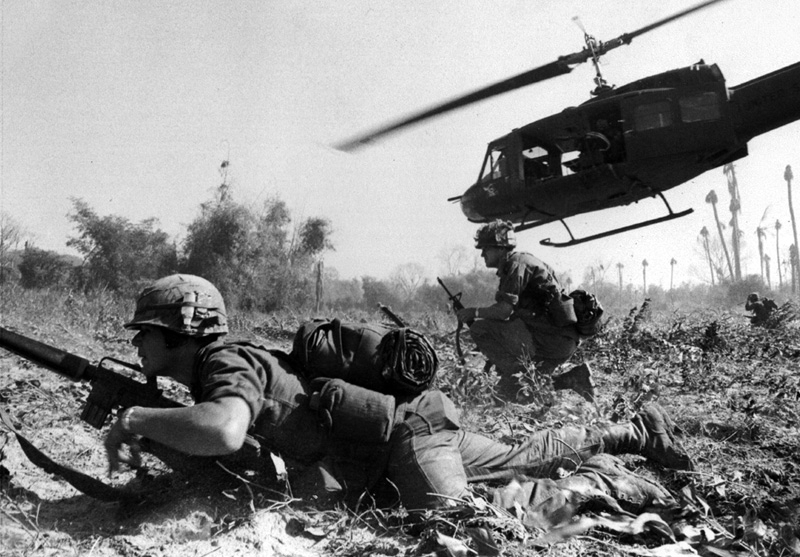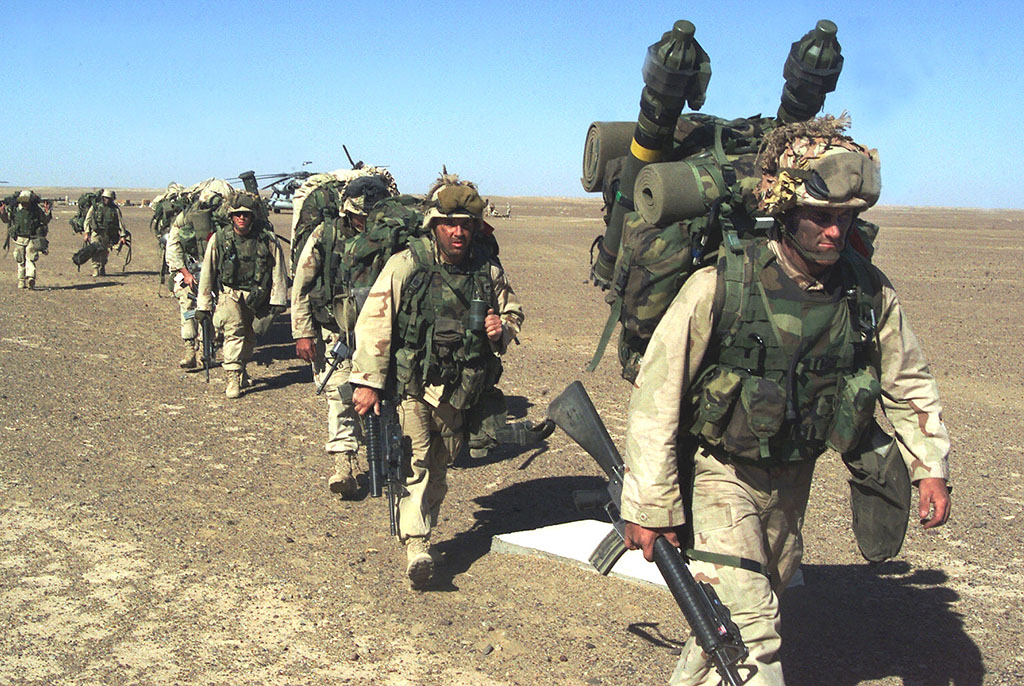The chaotic rout of the U.S. in Afghanistan has got the chattering classes all agape and gawking.
One of the poorest countries in the world with virtually no GDP has defeated one of the richest.
OMG
A low-energy spender humbled a high-flying petro consumer.
WTF
Bearded men with time outwaited technocrats with ticking watches.
OMG!!
Another “weak actor” with AK 47s bested “a strong actor” with drones and AI.
WTF???
And on it goes.
But America’s disastrous intervention and ignoble retreat illustrates some uncomfortable if not random truths that are left out of the chatter.
They include the perils of intervention, cycles of imperial collapse, economic theft, energy limits, the power of demographics and ecological degradation.
Here are seven truths we have been taught, yet again, in Afghanistan.
1. Interventionistas by definition do harm.
The straight-talking philosopher and risk expert Nassim Nicholas Taleb lays out the disastrous hubris of interventionista thinking in his excellent book Skin in the Game. Interventionistas, he says, not only lack practical sense, but they never learn from history. They also fail at pure reasoning and cannot imagine complex interactions let alone consequences. (Author Wendell Berry called such unaccountable people “itinerant professional vandals.”) These vandals tend to symbolize the adage that experience is making the same mistake over and over again but with greater confidence.
American interventionistas, just like their Russian and Chinese counterparts, pretend that they can replace regimes, build nations, rewire economies and terrorize civilians with bombs and all without unforeseen consequences.
Tellingly, the downside of intervention (ruined economies, waves of refugees, degraded environments, failed states, drug cartels, violent warlords, extremist beliefs, relentless poverty and the persecution of women) is never experienced by the paid advocates of intervention, notes Taleb. “He continues his practice from the comfort of his thermally regulated suburban house with a two car garage, a dog and a small playground with pesticide-free grass for his overprotected 2.2 children.”
2. History is a graveyard.
Landlocked Afghanistan occupies an ancient crossroad that beckons pioneering empires. They soon discover that its unforgiving geography of mountains and deserts is no playground. As a consequence of its tribal and geographical complexity, the place has stumped one empire after another for thousands of years.
In the ninth century the Arab Empire burst forth and set its sights on Afghanistan. It spent nearly 200 years trying to conquer the place. Its first army of 20,000 returned as a skeletal force of 5,000.
The British Empire fought three separate wars in Afghanistan over 80 years. It lost tens of thousands of soldiers and recorded its greatest military defeat at the Battle of Gandamak. Several wars later the British Empire ran out of steam and its interest in Afghanistan waned. It granted the place its independence in 1919.
One army chaplain who administered to imperial troops bitterly described the futility of the first Afghan invasion as “a war begun for no wise purpose, carried on with a strange mixture of rashness and timidity, brought to a close after suffering and disaster, without much glory attached either to the government which directed, or the great body of troops which waged it. Not one benefit, political or military, was acquired with this war.”
After the British follies came the Soviet Empire. The Soviets invaded in 1979 believing they could impose a communist regime on a tribal people because they were worried about growing U.S. influence in the region. The invasion soon turned into barbarism as the Soviets mined the landscape and retreated to isolated fortresses. Their limping army exited in 1989 leaving in its ruinous wake a civil war that spawned the Taliban. Two years later the Soviet Empire, largely due to an energy crisis, collapsed in 1991.
In 2001 the Americans invaded Afghanistan in the wake of 9/11 to crush al-Qaida, an organization U.S. interventionistas helped to create to fight the Russians. Mission creep, changing goals and incoherent plans soon had American troops fighting the descendants of warriors who crushed the British at Gandamak in 1843.

US troops on a search-and-destroy mission in Vietnam in 1965. Photo: Wikimedia.
Meanwhile, the Americans ignored every lesson learned in Vietnam. There — and this should sound familiar — a deluded political class supported a corrupt regime and trained an army that avoided open fighting with the Viet Cong. And so history has repeated itself. The Afghan intervention claimed 2,442 U.S. soldiers, 3,846 military contractors, nearly 50,000 civilians, 51,000 Taliban and 60,000 U.S.-trained Afghan troops. The Americans left as ungracefully as the Soviets with 120,000 evacuees or dependents in tow.
3. Theft of imperial proportions fills pockets of the powerful few.
By any measure the “forever war” in Afghanistan represented a massive transfer of wealth from public taxpayers to U.S. military contractors. (Only an empire that has lost its moral compass could tolerate such a squandering of resources.)
To date the United States has spent $2.3-trillion on “nation building” and army training in Afghanistan. According to Brown University, estimated interest payments on the massive borrowing alone amounts to $522 billion.
The cost of deploying a soldier of the American empire since the First World War has jumped from $50,000 a year to nearly $1 million. This explains why Afghanistan (and Iraq), became a great opportunity for thousands of U.S. military contractors to gorge themselves.
By one calculation a $10,000 investment in the top five U.S. defense contractors in 2001 would have yielded a return of $97,295 by 2021 — outperforming the stock market by 58 per cent.
The U.S. government spent $89 billion on training an Afghan army that chose, in the end, not to fight for a variety of reasons. The list of beneficiaries is long and extensive: Textron (helicopters); Leidos (cyber security and logistics); United Technologies (laser guided weapon warning systems) and Lockheed Martin (fighter jets and missile defense). The military industrial complex is alive and well: in 2017 the value of Lockheed Martin sales to the U.S. government exceeded the budget of the Internal Revenue Service and Environmental Protection Agency combined.
Contractors did all manner of things in Afghanistan. They destroyed poppy fields and built hydro stations. They trained the police and provided security for the government. They maintained the planes and helicopters. They came and went like itinerant professional vandals.
“The more the Afghans needed contractors, the more these contractors would earn. Thus they had a vested interest in keeping the Afghans helpless,” noted Saqib Qureshi, a visiting fellow at the London School of Economics.
“Rather than build an Afghanistan that would prosper on its own, becoming ever more self-sufficient, the entire American war enterprise seems to have been an exercise in manufactured dependency.”
These contractors, however, explain that they are making a world a better place. Texas-based Fluor Corp., which provides logistical support to the U.S. Army, typically describes itself as a firm that “transforms the world by building prosperity and empowering progress.”
4. Unbridled intervention requires cheap energy.
Gail Tverberg, an actuary and astute analyst, argues that the Afghanistan fiasco reflects a greater global energy problem.
World energy consumption on a per capita basis is declining as fossil fuels become costlier to extract and offer fewer and fewer returns. Surplus energy flows have fertilized global economic growth but that cheap energy is now disappearing.
And it’s happening at a time when “the United States is now wasting significantly more energy than it did a lifetime ago,” according to ecologist Vaclav Smil, working off data from Lawrence Livermore National Laboratory. “The nation’s useful energies (energy services) added up to 32.6 per cent of the total primary energy input, a considerably poorer performance than in 1950, when the overall mean was 50.8 per cent,” said Smil. In other words the U.S. is getting less and less bang for its energy buck.
Given that Afghanistan represented a trillion-dollar energy sink with few measurable returns (ExxonMobil profited well), by extracting itself the U.S. made the kind of choice it will be facing again and again as energy becomes more dear even as the economy wastes much of it. “The U.S. needs to start pulling back because there are too many people and not enough inexpensive resources to extract to fulfill all of the commitments that the U.S. has made.”
5. Interventionist wars may be triggered by demographic pressures but they can’t defeat them.
Afghanistan boasts one of the world’s youngest populations. The research on what academics call “the youth bulge” is pretty plain: countries with lots of young males invite, generate and even export political violence.
In 1950 the country boasted a population of 7.8 million. When the Americans invaded 20 years ago the population was 21 million. Today the country’s food and water resources cannot support 39 million people without billions of dollars’ worth of international support. One out of three Afghans have no food security.
The life-support systems of their homeland are among the casualties, including deforestation (conifers, oaks, pistachios and juniper are all disappearing); soil erosion; depletion of groundwater; and the unrelenting loss of wildlife in a region with limited biodiversity.
As one 2014 Afghan government report put it:
“Afghanistan’s rapidly increasing human population presents the major underlying challenge to biodiversity conservation and ultimately to the quality of life in Afghanistan.”
Meanwhile climate change is delivering more frequent and severe floods, droughts and landslides. As the natural productivity of rural areas decline, people flee to unsustainable cities. Or Pakistan and Iran. The fighting exacerbated all of these trends, but overpopulation and climate change have deepened these emergencies.
6. Asabiya always wins.
The great Arab thinker Ibn Khaldun, who lectured tyrants about the workings of history, noted in the 14th century that societies succeeded or died based on the quality of their co-operation and group solidarity. Khaldun called this essential ingredient asabiya.

US Marines on the march in Afghanistan after seizing a Taliban base Nov. 25, 2001. Photo: Wikimedia.
The historian Peter Turchin has written extensively about the importance of asabiya for empire building.
“It allows a group to protect itself against its enemies, and to impose its will on others. A group with high asabiya will generally win when pitched against a group of lesser asabiya.”
The Vietnamese won their war of national liberation against the Americans because of high asabiya. They had battled the French and before them the Japanese, and knew what they wanted. Deluded by lies, the Americans trained an army that would not fight and funded a corrupt regime that everyone hated. The Americans had lesser asabiya and lost. They made the same mistake in Afghanistan.
Empires typically begin with great asabiya; they collapse when bickering elites lose their consensus and compete for power. The United States probably lost its asabiya nearly 30 years ago. The nation’s appalling pandemic response illustrates just how profound that loss has become among its elites. The collapse of its imperial enterprise in Afghanistan underlines the totality of that loss.
And what of the wisdom of Afghanistan’s U.S.-backed elites? Exhibit A would be Ashraf Ghani, the former president of Afghanistan, who began his career as an academic studying failed states. Ghani even co-authored a book titled Fixing Failed States, which presumed to list what it takes to fix a struggling nation, assigning tasks like a classroom teacher. The book did not at all impress Turchin who found it fundamentally inaccurate.
Ghani of course wrote his own postscript when he was the first to flee as his nation collapsed under the advance of the Taliban.
7. Every empire eventually collapses.
As empires age they overreach. The Afghanistan mess has tarnished America’s reputation, but does it augur further losses to come?
That question would have fascinated Glubb Pasha. The British general served as a colonial warrior and leader of the Arab Legion. Having watched the British Empire decline, he later wrote that empires followed secular cycles like clockwork. Each one follows a trajectory that lasts about 250 years. They begin by bursting with great fanfare on the scene like the Arabs from the desert or the Mongols from the steppes. Then they broaden their horizons like determined pioneers.
Soon the imperial venture expands commercially. The empire’s wealth funds great art and luxury. But that affluence, which supports much science and intellectualism, gradually drains the experiment of its courage, purpose and duty.
The descent begins, and it is always governed by a peculiar blindness, wrote Glubb.
“The impression that it will always be automatically rich causes the declining empire to spend lavishly on its own benevolence, until such time as the economy collapses, the universities are closed and the hospitals fall into ruin.”
Too much money and too much power ultimately leads to spiritual and physical decadence, characterized by what Glubb defined as “defensiveness, pessimism, materialism and frivolity.”
America’s retreat from Afghanistan probably reflects a defensive empire in decline, suffocating in a crude and tasteless materialism. A waning power unable to absorb the truths that might spare it more such debacles. ![]()





